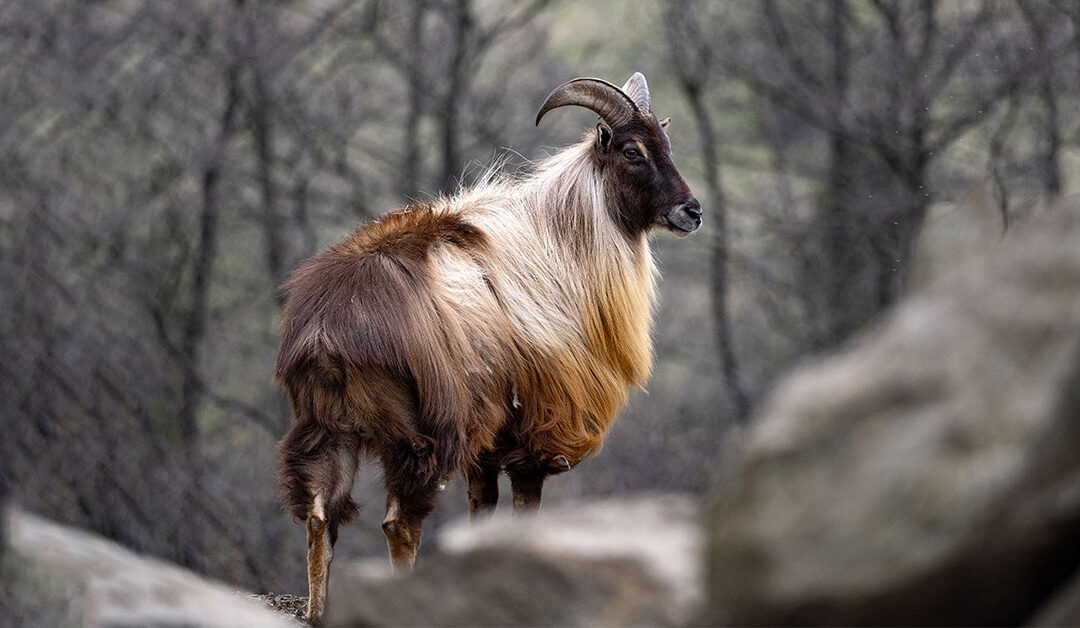Tahr Hunting in New Zealand: Routes, Challenges, Tips
Tahr Hunting in New Zealand: Routes, Challenges, and Tips
Himalayan tahr hunts in New Zealand deliver steep country, big views, and a serious test of skill. Use this field guide to plan a safe and successful alpine hunt.
Hunting Himalayan tahr in New Zealand rewards preparation and patience. These sure-footed animals live in rugged country and demand careful planning. This guide covers routes, seasons, gear, and fitness so you arrive ready.
Understand Himalayan Tahr in New Zealand
Tahr were introduced more than a century ago and now thrive in the Southern Alps. Mature bulls carry sweeping horns and a long winter mane. They use cliffs, bluffs, and broken rock to escape pressure. Most encounters start with long-range glassing from safe vantage points.
Where to Hunt Tahr
The South Island’s Southern Alps provide prime habitat. Expect steep faces, spurs, and tussock basins. Access often mixes four-wheel drive tracks with helicopter insertions to reach safe starting points. Guided hunts improve safety and efficiency in this terrain.
See our hunting packages in New Zealand to match your goals with the right time window and location.
Key Challenges You Should Plan For
- Altitude and terrain: Steep, rocky ground places heavy demand on legs and ankles.
- Weather: Mountain systems shift fast with sudden wind, rain, or snow.
- Spotting and stalking: Long glassing sessions and careful route finding reduce risk and improve odds.
Recommended Gear and Preparation
- Optics: 10x binoculars and a stable spotting scope help locate animals across large faces.
- Clothing: Build a layered system with a waterproof shell and quiet outer fabric.
- Footwear: Stiff boots with strong ankle support improve safety on side-hills.
- Rifle and caliber: Proven alpine choices include .270 Win, 7mm Rem Mag, and .300 Win Mag with bonded bullets.
- Fitness: Train legs and lungs with step-ups, loaded hikes, and steady cardio sessions.
Best Time to Hunt Tahr
The main season runs March through July. The rut peaks in May and June. Bulls carry thicker manes during the colder months, which improves trophy photos and films.

